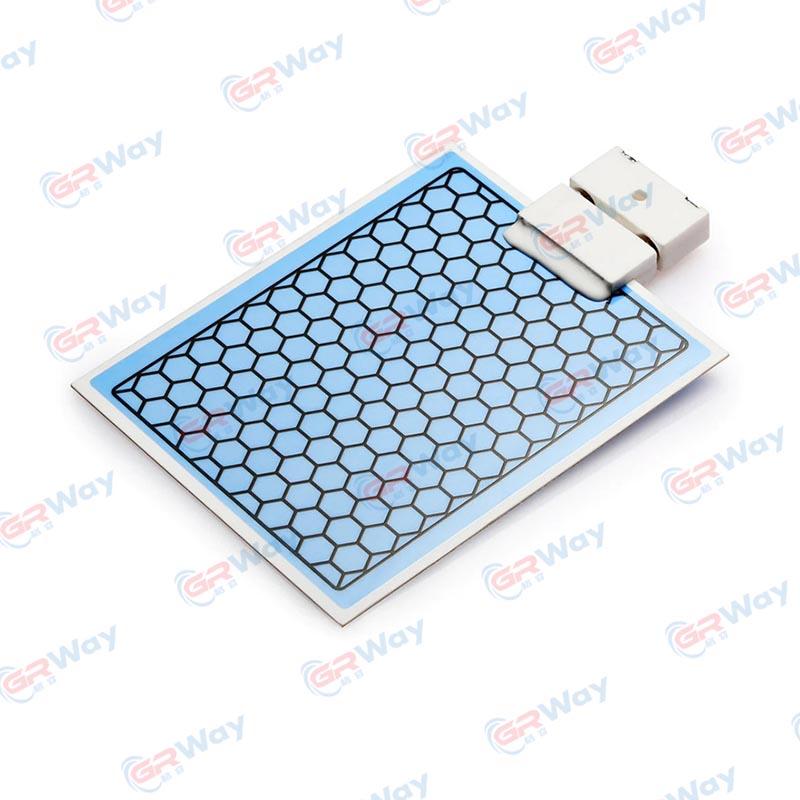What is the ceramic ozone plates?
2023-12-02
Ceramic ozone plates are components commonly used in ozone generators. Ozone generators produce ozone (O3), a molecule composed of three oxygen atoms, and are used for various applications such as air purification, water treatment, and odor removal. The ceramic ozone plates play a crucial role in this process.
Here's how ceramic ozone plates typically function:
Ozone Generation: Ozone generators work by using a high-voltage electrical discharge to split oxygen molecules (O2) into individual oxygen atoms. These atoms then combine with other oxygen molecules to form ozone (O3).
Material: Ceramic ozone plates are often made from materials like ceramic, glass, or other dielectric materials that can withstand the high voltages involved in the ozone generation process. The ceramic material provides good insulation and durability.
Dielectric Properties: The ceramic material's dielectric properties are crucial in the ozone generation process. Dielectric materials are insulators that do not conduct electricity easily. When high voltage is applied to the ceramic ozone plates, they create an electric field that facilitates the breakdown of oxygen molecules.
Corona Discharge: The high voltage applied to the ceramic ozone plates creates a corona discharge. In this discharge, electrons move through the dielectric material, ionizing the surrounding air and leading to the formation of ozone.
Ozone Output: Ozone is released into the air or water as a result of the corona discharge. The concentration of ozone generated depends on various factors, including the design of the ozone generator, the voltage applied, and the quality of the ceramic ozone plates.
Maintenance: Over time, ceramic ozone plates may accumulate contaminants or deposits that can affect their performance. Regular cleaning or replacement may be necessary to maintain the efficiency of the ozone generator.




























